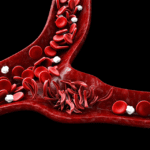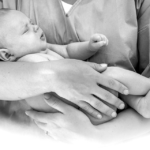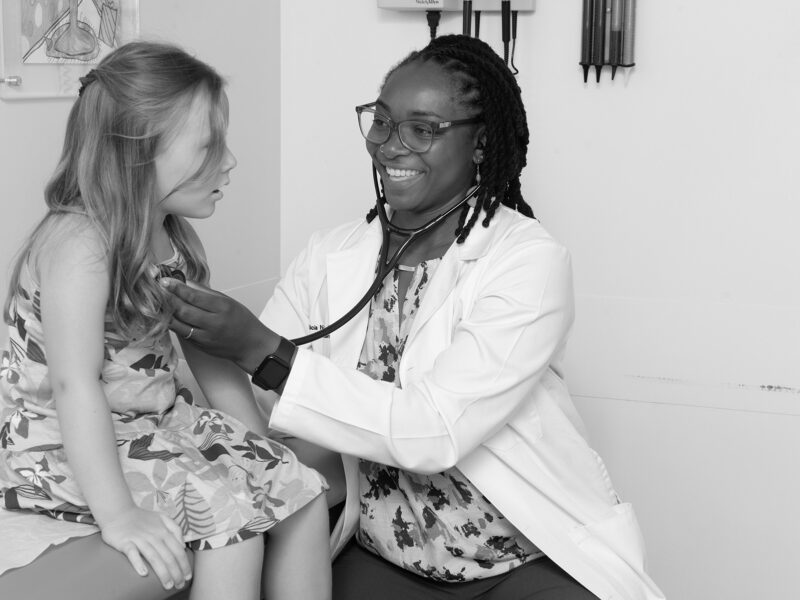Understanding Pediatric Critical COVID-19 Disease Around the World
Understanding Pediatric Critical COVID-19 Disease Around the World https://pediatricsnationwide.org/wp-content/themes/corpus/images/empty/thumbnail.jpg 150 150 Natalie Wilson Natalie Wilson https://pediatricsnationwide.org/wp-content/uploads/2021/06/Natalieheadshot3-2.png- September 22, 2022
- Natalie Wilson
A large, multinational study found more children hospitalized with critical COVID-19 died than was indicated by previous studies.
Children under 18 represent around 22% of the population in the United States. Yet, just 15% of over 75 million U.S. COVID-19 cases reported to the Centers for Disease Control (CDC) and fewer than 0.2% of over 850,000 reported COVID deaths have occurred in this age group.
During the first year of the pandemic, even as doctors in the United States and United Kingdom began observing the appearance of a startling new condition, multiststem inflammatory syndrome in children (MIS-C), which appeared in kids who had been infected a few weeks prior, it was clear COVID-19 impacted kids and adults very differently – with kids rarely hit as hard.
Only a fraction of U.S. kids who were infected required hospitalization, and even fewer became critically ill, requiring respiratory, cardiovascular or renal support in the pediatric intensive care unit (PICU). Those children also had lower mortality rates compared to adults.
“Patients who got MIS-C maybe needed vasopressors and a ventilator for a couple days, but the often recovered rapidly,” says Todd Karsies, MD, a Critical Care Medicine physician at Nationwide Children’s Hospital.
Low mortality rates among U.S. children and an early focus on MIS-C in pediatric COVID-19 research in the United States, however, obscured the fact that globally, the story was more complicated.
Over 90% of pediatric COVID-19 deaths in the first year of the pandemic occurred in low- or middle-income counties (LMICs), and the highest mortality rates were among children under 1.
To better understand the epidemiology and outcomes of critical pediatric COVID-19 in PICUs in both highly resources, high-income countries (HICs) like the United States and LMICs and begin assessing risk factors for death, over a dozen multinational scientists, including Dr. Karsies, launched the Critical Coronavirus And Kids Epidemiology (CAKE) study, publishing their findings in The Lancet Regional Health – Americas.
“This study organically grew out of a different international project,” says Dr. Karsies. “Since December 2019, we’d already been collecting data from nearly 100 sites in 20 countries on kids who needed to be admitted to the ICU for bronchiolitis. When everything shut down for COVID-19, we were able to build on this existing infrastructure and hit the ground running quickly.”
Among 557 patients 18 or younger hospitalized at 55 sites in 18 countries with critical COVID-19 and/or MIS-C in between April 1 and December 31, 2020, the team found the mortality rate was much higher than reported by previous studies. Among critically ill children under 2, the mortality rate was upwards of 10%.
FACTORS ASSOCIATED WITH HIGHER COVID-19 MORTALITY IN CHILDREN
Lower respiratory tract symptoms (breathing problems)
Younger age
Illness other than MIS-C
And while 90% of pediatric mortality due to COVID-19 has been observes in LMICs, over 1,000 U.S. children have died with COVID-19. Typically, fewer than 200 children die each flu season.
“Kids are dying from COVID-19,” says Dr. Karsies. “We’re trying to better understand, based on the data that we have, which kids are at risk, which kids die, where and why these kids die, whether there are treatments that can reduce mortality, and what we need to focus future research on.”
This feature was published in the Fall/Winter 2022 issue. Download the full issue.
References:
- Gonzales-Dambrauskas S, Vasquez-Hoyos P, Camporesi A, Cantillano EM, Dallefeld S, Dominguez-Rojas J, Francoeur C, Gurbanov A, Mazzillo-Vega L, Shein SL, Yock-Corrales A, Karsies T; Critical Coronavirus and Kids Epidemiological (CAKE) Study Investigation. Paediatric critical COVID-19 and mortality in a multinational prospective cohort. The Lancet Regional Health – Americas. 2022 May.
- Kamidani S, Rostad CA, Anderson EJ. Addressing the global burden of paediatric critical COVID-19 and mortality. Lancet Regional Health Americas. 2022 Aug;12:100301. doi: 10.1016/j.lana.2022.100301. Epub 2022 Jun 15. PMID: 35757023; PMCID: PMC9212755.
About the author
Natalie is a passionate and enthusiastic writer working to highlight the groundbreaking research of the incredible faculty and staff across Nationwide Children's Hospital and the Abigail Wexner Research Institute. Her work at Nationwide Children's marries her past interests and experiences with her passion for helping children thrive and a long-held scientific curiosity that dates back to competing in the Jefferson Lab Science Bowl in middle school. Natalie holds a bachelor’s degree in sociology from Wake Forest University, as well as minors in women's, gender & sexuality studies and interdisciplinary writing. As an undergraduate student, Natalie studied writing and journalism, engaged with anthropological and sociological research with a focus on race and ethnic relations, served as executive editor for the student newspaper, the Old Gold & Black, and gained marketing experience as an intern for a nonprofit entrepreneurial incubator, Winston Starts, as well as by working for Wake Forest University School of Law Office of Communication and Public Relations and its Innocence and Justice Clinic.
-
Natalie Wilsonhttps://pediatricsnationwide.org/author/natalie-wilson/
-
Natalie Wilsonhttps://pediatricsnationwide.org/author/natalie-wilson/
-
Natalie Wilsonhttps://pediatricsnationwide.org/author/natalie-wilson/
-
Natalie Wilsonhttps://pediatricsnationwide.org/author/natalie-wilson/










